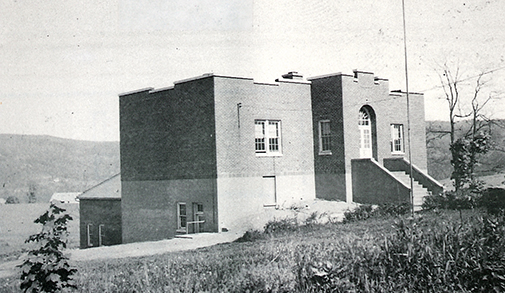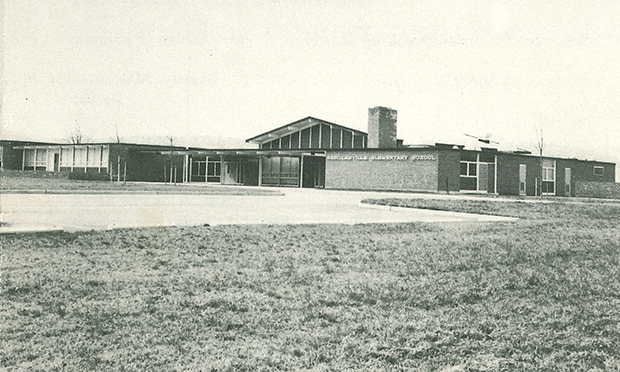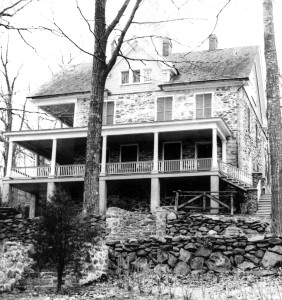Joan Bittner Fry
The Beginning
The early settlers knew the value of education. After Sabillasville was laid out, a log school house was built at the western end of the village. School was maintained there for some time, the building was also used for public meetings and church services. Some of Maryland’s greatest men made addresses in that old building. After the stone schoolhouse was built, on the then-Wagaman farm, this log house was used as a residence, and the post office was kept there at two different times.
The stone schoolhouse was used for school purposes until 1871, when a brick building was built on the eastern side of Sabillasville. It was made into a two-room building in 1885. About the middle of the 19th century, a long building was built at Deerfield and was used as a schoolhouse, for religious worship, and for other public purposes, among which was holding the elections of Hauver’s District. In 1888, a two-room building was built on the same ground at Deerfield.
A Record Herald article tells of the 61-year history of Mr. Earl Eby (1886-1994) working at the polls in Hauver’s District, Frederick County. Mr. Eby and his wife, Mabel, owned Eby’s Grocery Store in Sabillasville. He recalled the first election he attended, around 1907. In those days, votes were hand-counted under the eyes of party watchers. When he joined the election board, elections were held in the log schoolhouse at Deerfield.
From mid-1920s
Foxville Elementary School, built in 1924, was closed in 1961. The 60 students enrolled there were transferred to Wolfsville Elementary School until a suitable facility could be provided for the Sabillasville-Foxville area. The former building at Sabillasville, erected in 1927 with an addition in 1934, housed 140 students through the close of the 1964-1965 school year. Because of the limitations of the basic building, many services, which had come to be regarded as necessary and desirable, were unavailable to these students.
The present Sabillasville Environmental School was the culmination of years of work and hope for residents of the area. Actually, two former elementary schools were immediately represented in the area served by the new school.
It was with great enthusiasm, therefore, that residents of the area greeted the announcement that a new school would be built. Construction began July 20, 1964. In September 1965, the new school opened with an enrollment of 240 students.
Sabillasville People Happy With School (Excerpt from an article in Frederick News—Post by Richard Shafer, Staff Writer)
The $640,000 request was approved by County Commissioners on July 6. Fifteen and one-tenth acres of level farmland were purchased by the school board in August and September of 1963 from Mrs. Ruth E. Lewis, Mr. & Mrs. Ralph Miller, and Mrs. Grace A. Lantz, all near Sabillasville, for a total of $12,872. The badly needed school is slated for completion before the 1965-1966 school year begins.
In 1927, a brick school building was built on the eastern side of Sabillasville and housed 140 students through the 1964-1965 school year.
The badly needed new school was built on 15 acres of farmland and opened in September of 1965 with 240 students.


Courtesy Photos

 When the mail train from Baltimore stopped in Thurmont on Halloween, more than the mail was delivered. George F. Schultz, a sixty-two-year-old employee with Maryland Health Department, left the train. Schultz hired Clarence Lidie and his taxi to give him a ride to the Valley View Hotel, which was ten minutes away on the side of Catoctin Mountain.
When the mail train from Baltimore stopped in Thurmont on Halloween, more than the mail was delivered. George F. Schultz, a sixty-two-year-old employee with Maryland Health Department, left the train. Schultz hired Clarence Lidie and his taxi to give him a ride to the Valley View Hotel, which was ten minutes away on the side of Catoctin Mountain.